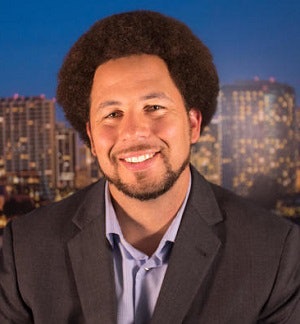At least once a week, a colleague forwards me an article, op-ed, or listserv conversation where someone has asserted implicit bias trainings do not improve faculty and staff diversity. The senders of these messages often look to me to respond to what has been stated. Sometimes, the sender is trying to push back on diversity and inclusion efforts they perceive to be a threat to the future of the academy. Other times, the sender is a diversity advocate who is wondering what they should say, especially when they work at an institution that has invested in implicit bias trainings for their search committees.
Let me be clear: Of course, a well-designed and well-implemented implicit bias training works—just not for everyone and not as a stand-alone strategy.
Implicit bias trainings are most beneficial for the willing—the individual who has a good heart, good intentions, and wants to improve diversity in their organization. For this individual, unconscious assumptions about groups that are different than their own serve to impede their ability to make effective decisions. This is most apparent when their time is constrained, they are stressed, or they have incomplete information on the candidates they are reviewing. When the willing are trained, they become more attuned to the small, daily choices they make that lead them to making seemingly logical decisions about candidates when, in fact, those decisions are informed by bias. Willing individuals benefit from trainings by enhancing their awareness of their own biases and learning strategies to help improve their decision making.
 Dr. J. Luke Wood
Dr. J. Luke WoodHowever, implicit bias trainings do not work for the unwilling—the individual who does not deem diversity and inclusion to be an imperative. These individuals range from those who ardently oppose diversity efforts and those who ideologically support diversity except when it affects them. The unwilling ultimately have no desire to change their actions or behaviors, as this would change what is most comfortable for them personally. You simply cannot have a training change someone who has no desire to actually change.
But, the impact of implicit bias training is not as simple as one being willing or unwilling to change; the strategy cannot occur in isolation. Implicit bias training must be combined with other strategies, such as inclusive job announcements and search criteria, pool certification for representational diversity, diversity advocates on search committees, evaluation of teaching demonstrations based on the use of inclusive pedagogies, cluster hiring, systems of accountability, and clear support from campus leaders.
By itself, implicit bias training can accomplish nothing, even for the willing. But, in tandem with other strategies, it is a powerful tool for change.
Factors that lead search committees to regularly select people just like themselves are complex. These factors are informed by a litany of assumptions, stereotypes, in-group inclinations, and histories of exclusion. Complex issues such as this simply cannot be solved with a single strategy. For example, any researcher worth their salt would never attempt to solve a complex issue using a single independent variable. Rather, they could examine the confluence of factors that lead to an outcome of interest and construct a complex, multivariate model to address the issue. This is why the academy prioritizes a multiple regression or multilevel model over univariate analysis or bivariate regression, because complex issues are not addressed with myopic approaches. The institution that implements implicit bias training by itself and subsequently has no change in diversity, and therefore declares such trainings do not work, is being disingenuous about their desire to be more reflective of their student body.
The true formula for change involves both the willing and a complex array of interventions designed to address the many structural and personal barriers that impede decision making.
Dr. J. Luke Wood is the Associate Vice President for Diversity & Innovation and Distinguished Professor of Education at San Diego State University. You can follow him on Twitter @DrLukeWood





















